Since the beginning of this year, China's space industry has repeatedly reported good news. First, in April this year, China's first microgravity scientific experimental satellite practice No. 10 was sent to the scheduled orbit, and in August this year, the world's first quantum satellite ink number was launched. Not long ago, Shenzhou 11 and Tiangong 2 completed the docking and separation. On November 1st, China Aerospace Science and Technology Group announced at the press conference of Zhuhai Airshow that China’s first Beidou global “centimeter-level†positioning system – “夔龙系统†construction work was fully launched, and the Xiaolong system was calculated from The observation data acquired by more than 300 multi-system satellite navigation reference stations around the world will improve the positioning accuracy of satellite navigation terminals to "centimeter level".
In these satellites and Shenzhou spacecraft, there are the same electronic components to play this vital role, that is, the aerospace-class CPU, these CPUs loaded on satellites and Shenzhou spacecraft are equivalent to the human brain. So, what is the difference between aerospace-class CPU and the daily commercial CPU? How does the aerospace-class CPU work properly in space? How big is China's gap with the US on the aerospace-class CPU?
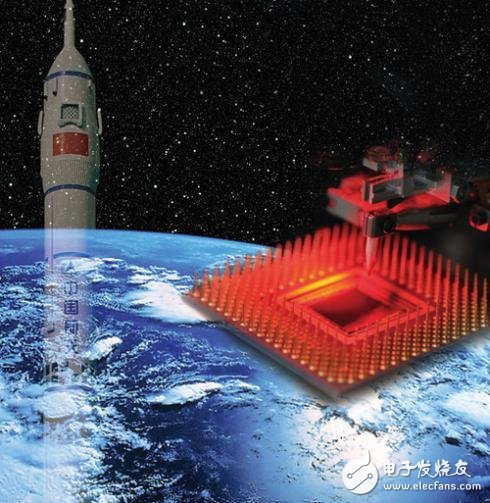
The aerospace-class CPU constitutes the brain of the satellite. In order to work under the harsh conditions of interstellar space, it must cope with extremely harsh high temperatures and low temperatures, as well as ubiquitous cosmic radiation.
In the space environment, the temperature of the object depends on the illumination of the sun. Since there is no air heat dissipation, the temperature difference between the light receiving surface and the light surface is very large. Taking the temperature of an orbit with a track height of 300 to 400 km as an example, the temperature of the light receiving surface is about 150 ° C, the temperature of the backlight surface is about -127 ° C, and the temperature difference is about 300 ° C. Therefore, the temperature threshold of the US space shuttle extravehicular space suit is: high temperature 149 degrees Celsius, low temperature -184.4 degrees Celsius.
In the space environment, cosmic radiation is inevitable, and cosmic radiation can cause damage to the CPU. The radiation effects of digital and analog integrated circuits in microelectronic devices are generally classified into total dose effect (TID), single particle effect (SEE), and dose rate (Dose Rate) effects.
The total dose effect stems from oxide charge trap or displacement damage caused by gamma photons, protons, and neutron illumination, including increased leakage current, MOSFET threshold drift, and gain attenuation of bipolar transistors.
SEE is triggered by high-energy particles (protons, neutrons, alpha particles, and other heavy ions) in the radiation environment bombarding sensitive areas of microelectronic circuits. A single-particle effect that produces a charge at both ends of the p-n junction can cause soft errors, circuit blocking, or component burnout. Single-event rollover in SEE causes the logic state of the circuit node to flip.
Dose rate effects are caused by very high rates of gamma or X-rays that act on the circuit in a very short time and produce photocurrents throughout the circuit that can cause damage such as latchup, burnout, and rail voltage collapse. All of the above will cause the chip to be damaged.
Therefore, commercial, industrial, military, and aerospace CPUs have different standards. Due to the large number of tests and the very small data metrics, here is just a list of operating temperatures:
Commercial grade CPUs operate from 0°C to 70°C.
Industrial grade CPUs operate from -40 ° C to 85 ° C.
Military-grade CPUs operate from -55°C to 125°C.
The aerospace-class CPU not only has the same level of military-grade CPU as the operating temperature, but also has requirements for radiation resistance.
How to achieve radiation resistanceIn response to high and low temperatures, it is mainly to increase the timing redundancy of the circuit and reduce power consumption. This article focuses on how to achieve radiation resistance. Some people say that anti-radiation technology is not to add a radiation-resistant package to the chip? This is difficult.
In fact, the protection of the chip is limited. The high-energy particle flow can penetrate the package material of the chip and cause damage to the chip inside the chip.
Radiation-resistant reinforcement mainly has two reinforcement technologies, design and process, or a combination of these two technologies as needed.
Broadly speaking, radiation-resistant reinforcement design includes material design, system design, structural design, circuit design, device design, package design, and software design. In a narrow sense, it generally refers to the method of reducing the damage of ionizing radiation by circuit design and layout design.
Process reinforcement is a technique that uses a special process for radiation-resistant reinforcement. The process steps can be proprietary to the manufacturer or the military, or special process steps can be added to the standard manufacturer's wafer fabrication process for reinforcement purposes. Radiation-resistant reinforcement technology has a high degree of specialization and high complexity.
Radiation-resistant reinforcement design from the system, structure, circuit, and device-level design techniques can be used in the following ways:
One is to mitigate radiation damage by using multiple levels of redundancy. These levels are divided into component, board, system, and aircraft.
The second is a logic circuit design method that uses redundant or doubled structural components (such as three-module redundancy), that is, the voting circuit determines the output logic based on a minimum of two votes.
The third is to use circuit design and layout design to reduce the damage of ionizing radiation. That is, circuit technology such as isolation, compensation or correction, decoupling, and chip layout design of doped well and isolation trench;
The fourth is to add error detection and correction circuits, or self-repair and self-reconfiguration functions;
The fifth is to use circuit design and layout design to reduce the damage of ionizing radiation. That is to say, circuit technology such as isolation, compensation or correction, decoupling, and chip layout design of doped well and isolation trench.
In addition, the use of rugged analog / mixed-signal IP technology and SIGE rugged design technology is also an effective way to improve the chip's radiation resistance.
Anti-radiation chip reinforcement special processes are increasingly used in conjunction with reinforcement design. Because the radiation-resistant reinforcement technology has very high specialization properties and high complexity, only a few manufacturers can master the technology. For example, single-particle-strengthened SOI processes and SOS processes, total-dose-stiffened small-geometry CMOS processes, IBM's 45-nm SOI process, Honeywell's 50-nm process, and BAE epitaxial CMOS processes.
A Category 5e Ethernet data cable is also referred to as a Cat 5e Network Cable, Cat5e cable, Cat5e Ethernet Cable, or Cat 5e data/ Lan Cable . Meets or exceeds Category 5e performance in compliance with the TIA/EIA 568-B standard and backwards compatible with Cat5 cable network.
High Performance Internet cable is Cat5e rated; The Ethernet cord with 24 AWG copper wire provides universal connectivity for LAN network components such as PCs, computer servers, printers, routers, switch boxes, network media players, NAS, VoIP phones, PoE devices, and more.
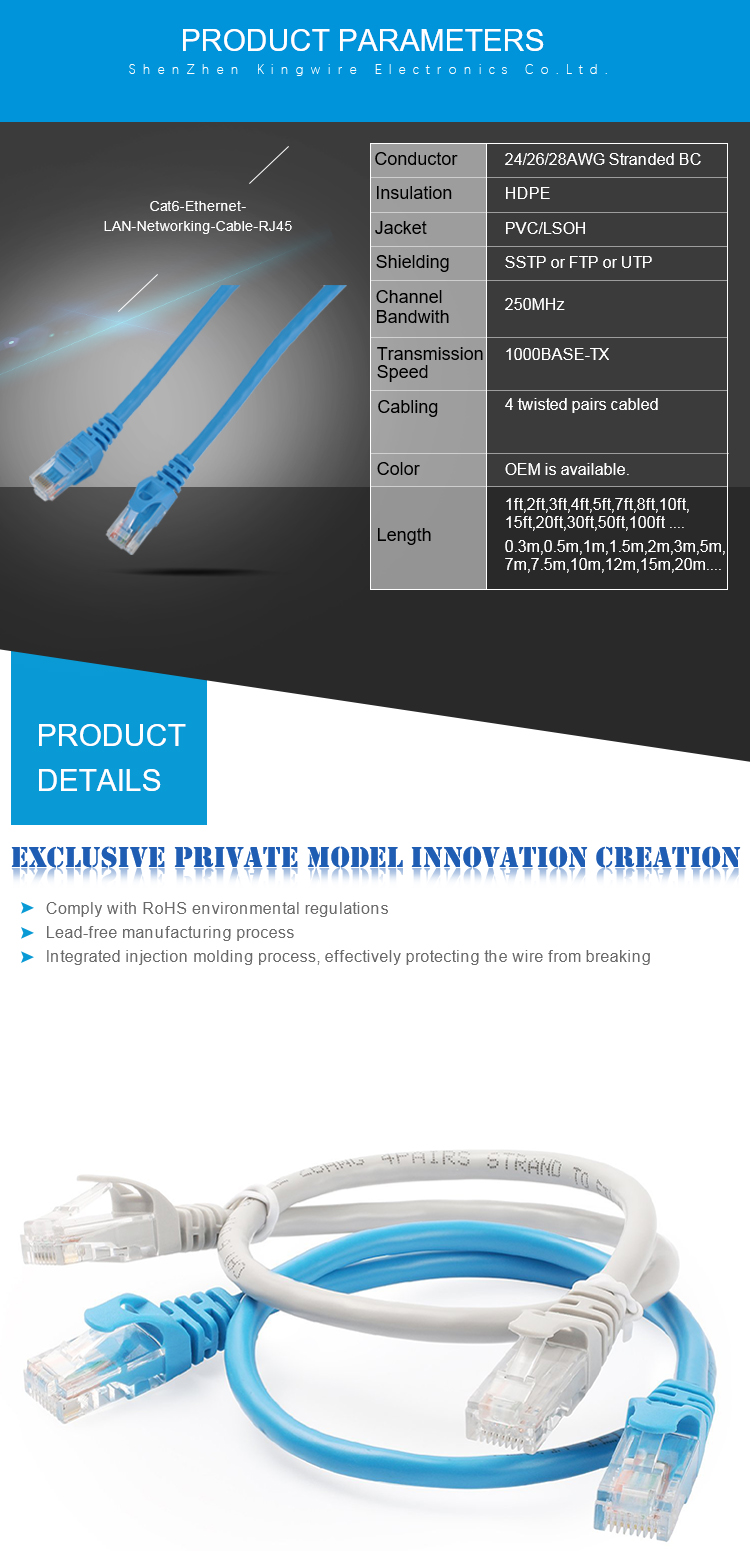
Product Information:
1. Frequency - 100 MHz
2. Transmission Speed - 1000BASE-TX
3. Available Length - 0.5M~30M or Longer
4. Connectors - RJ45 Plug unshielded
5. Condcutor- 24AWG or 26AWG or 28AWG (America wire gague)
6. Cable Construction - unshielded
7. Jacket- PVC or LSZH
8. Install - Used indoor, in-wall and in the ceiling
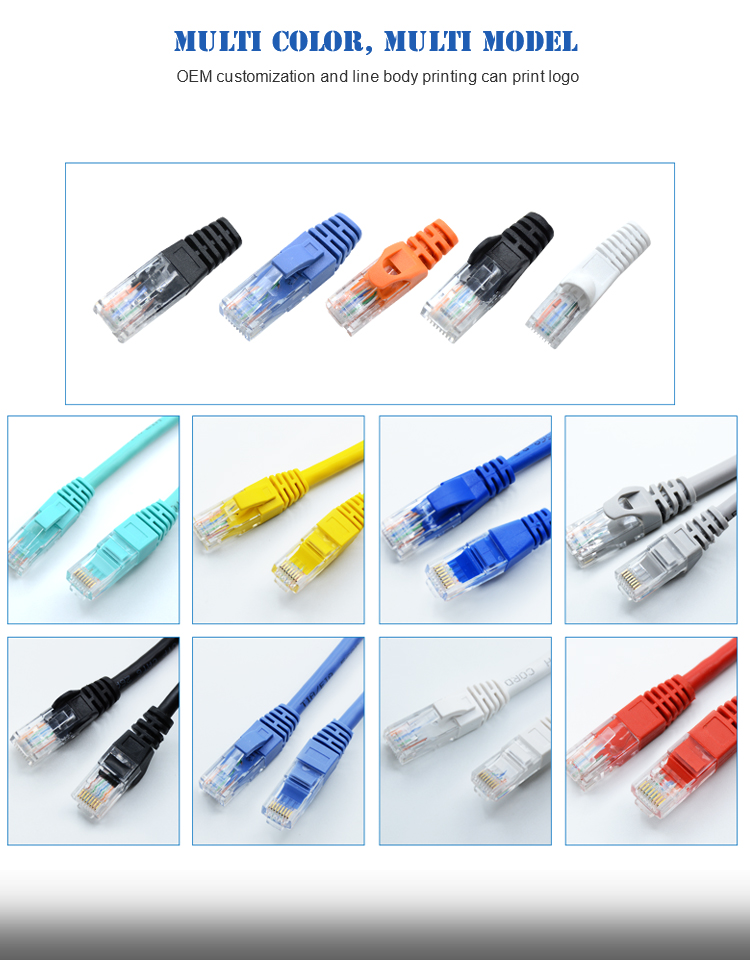
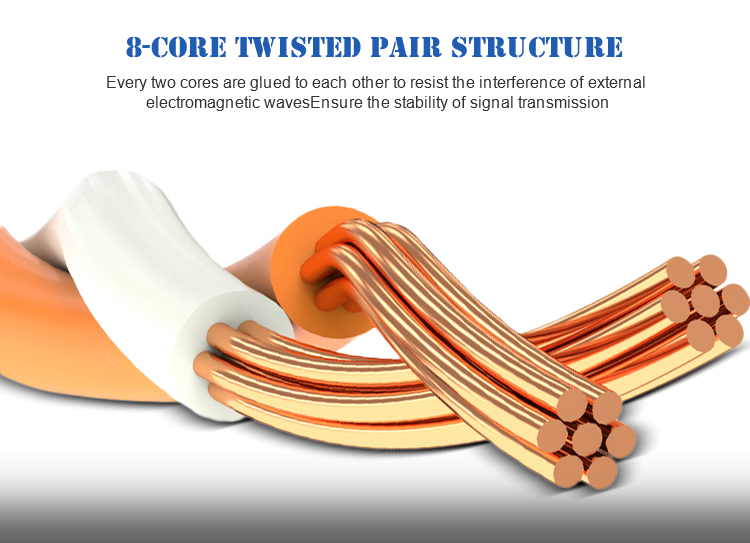
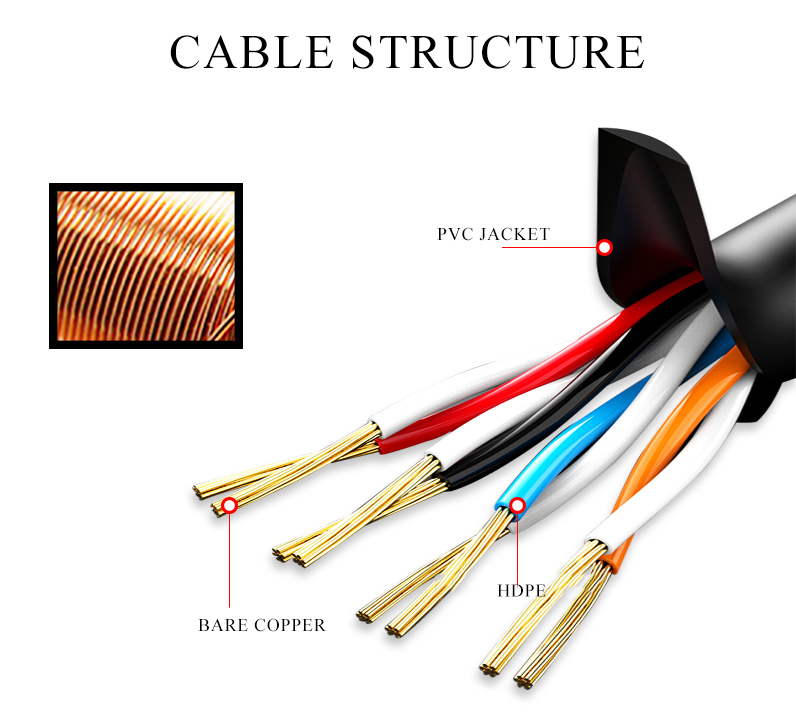

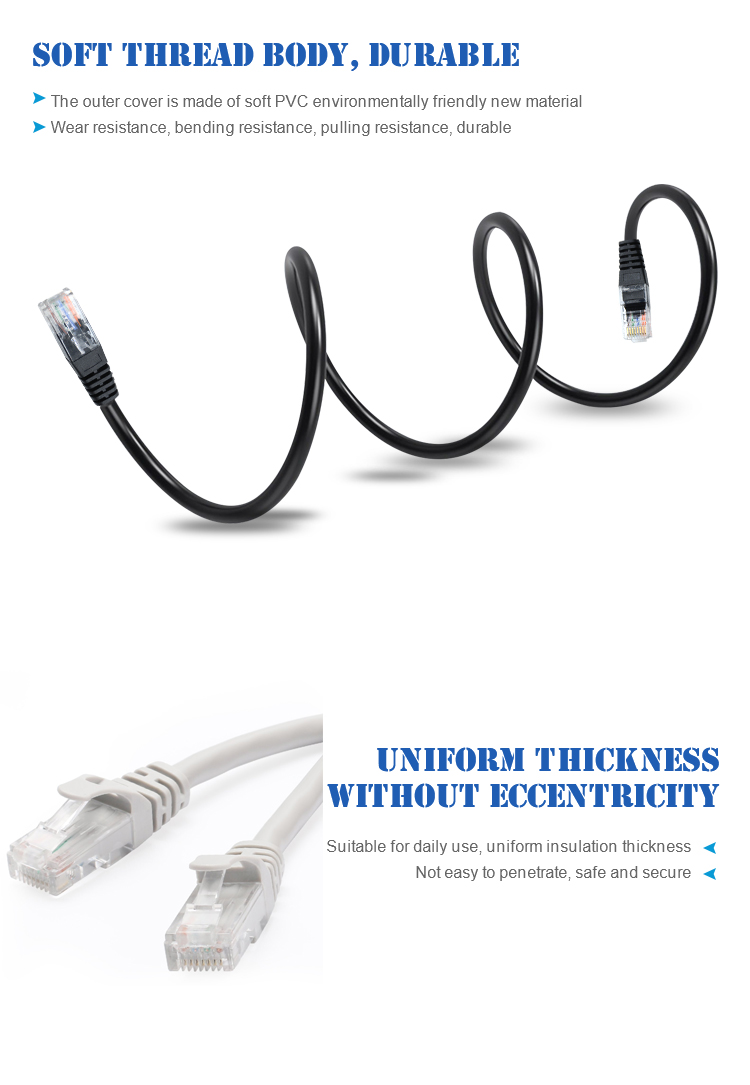
Applications: HP Server, Router switch Lan firewall Modern, Computer mac IP phones TV, Gaming system PS4 PS3 xbox 360 lan network networks networking switch TV ADSL computer laptop PS3 PS4 Xbox360 gaming system.


Cat5E Cable,Cat5E Patch Cable,Patch Cable Cat5E,Cat5E Rj45 Shielded Ethernet Cable
Shenzhen Kingwire Electronics Co., Ltd. , https://www.kingwires.com
